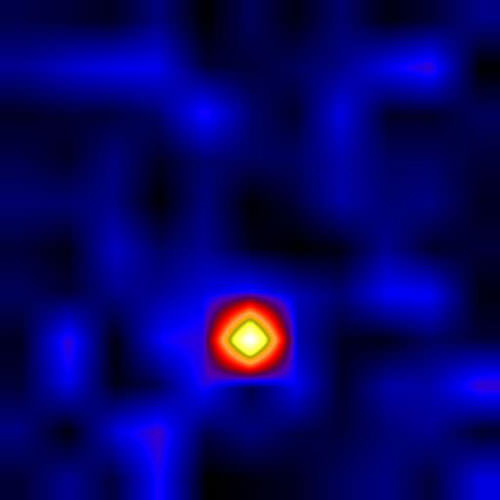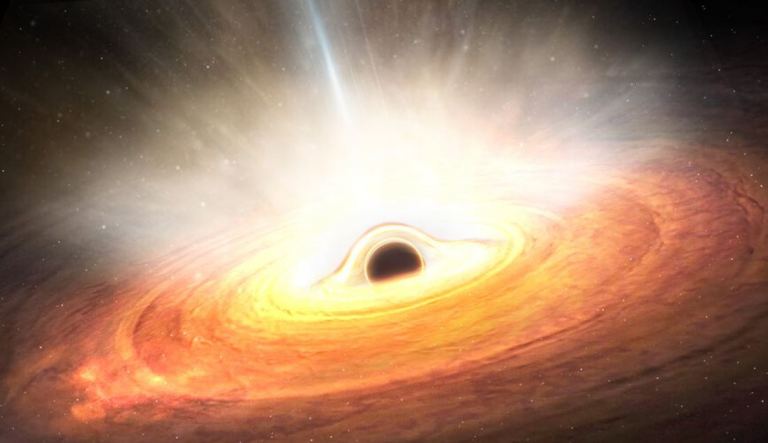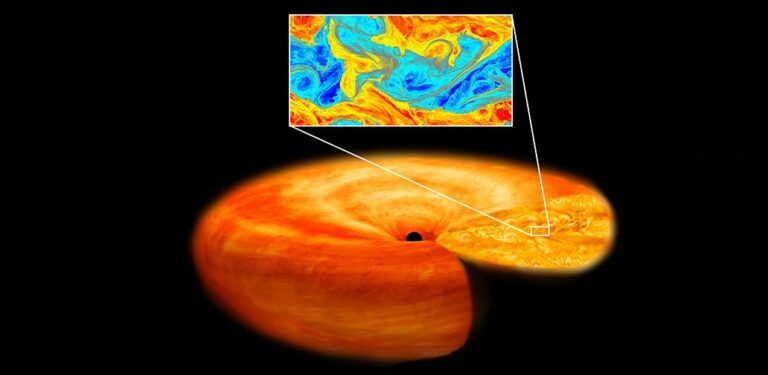Modeling the Accretion Disk Surrounding a Black Hole
Astrophysical observations made on BBHs are difficult and straightforward because the objects themselves are not easy to see. In most cases, it is the presence of a surrounding accretion disk that makes it possible to determine important characteristics of these masked objects. Such disks can store as much material and luminosity that they are some of the brightest objects in the universe space. A few weeks back, a picture that looks like one was painted by an artist was unveiled: It is the highest resolution simulation of a black hole’s accretion disk.
Black hole was firstly introduced by physicist John Mitchell in 1784 but its required fundamental theory was provided by Albert Einstein general relativity. The first identification of a black hole was in 1971, with fellow Cygnus X-1 in Milky Way. They have been found to be more and more; the first direct image of a black hole was taken in the year, 2019.

Black holes’ anatomy is quite interesting here; for astronomers, the accretion disk is the most substantial feature. This is a disk of dust and gas that moves round this dark space; swirling, but approaching nearer and nearer until, at last, it crosses the line known as the event horizon. Particles and atoms within the material move faster for due to extreme gravity, the material exudes energy that can sometimes be felt on Earth in form of X-Ray and other ultra violet rays.
This does not bring any good to accretion disks, though recently, the scientists of Tohoku University and University of Utsunomiya have announced their discovery which helped in understanding the disks in an improved way. By employing the supercomputers such as RIKEN’s Fugaku and National Astronomical Observatory of Japan’s ATERUI II, the researchers developed the most accurate simulations that captured the realistic and turbulent environments of these disks.
Previous research work aiming at addressing inertial range of accretion disk turbulence faced challenges due to restricted computation capability. Nevertheless, the recent study by the Japanese team was able to numerically reproduce the observed scaling relations between large and small-scale eddies in the turbulence, the so-called ‘inertial range’. These achievements represent a major progress in the attempts to elucidate the physical processes associated with the black hole and the role of turbulence in feeding the black hole by moving mass inward.

The study, which was published in Science Advances on 28 August, will help with the interpretation of data from telescopes like the Event Horizon telescope which is one of a number engaged in black hole studies.
Source : Supercomputer Simulations Reveal the Nature of Turbulence in Black Hole Accretion Disks
Do not forget to share your opinion with us to provide you with the best posts !




0 Comments